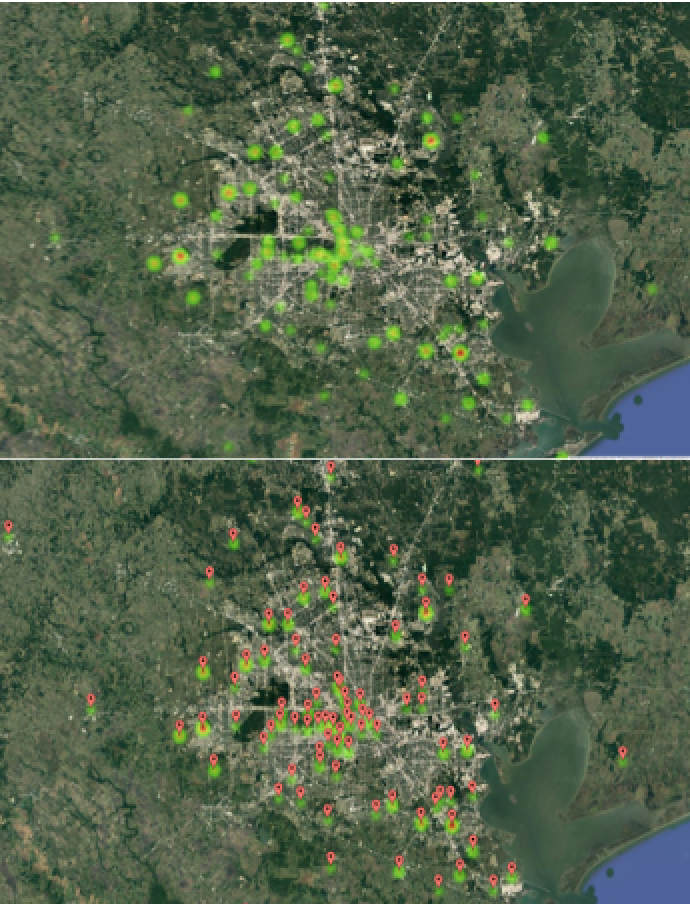Back
Poster, Podium & Video Sessions
Moderated Poster
MP31: Health Services Research: Quality Improvement & Patient Safety II
MP31-17: The COVID-19 Experience with Telehealth for Male Hypogonadism: A Cautionary Tale
Saturday, May 14, 2022
2:45 PM – 4:00 PM
Location: Room 228
John Fisher*, Jorge Rivera-Mirabal, Hudson Pierece, Kenny Kim, Larry Lipshultz, Houston, TX
- JF
John S. Fisher, MD
Baylor College of Medicine
Poster Presenter(s)
Introduction: During the pandemic, hypogonadal return patients required remote treatment without in-person evaluation. Consequently, patients undergoing testosterone therapy transitioned to telehealth in order to maintain therapeutic testosterone levels. Patients were instructed to obtain laboratory testing; compliance fell solely on patient motivation over the course of the pandemic. The purpose of this study was to determine the compliance rates over an 8-month period and identify risk factors for non-compliance. The question remained whether, among other confounders, the distance from the patient to a clinic or patient maturity (age) influenced these rates of non-compliance.
Methods: A retrospective chart review was performed on all hypogonadal patients (n=326) seen virtually as an established patient for continued testosterone therapy. All orders were sent to the nearest lab. Patients were instructed to complete a hypogonadal panel prior to filling their medication and were referred to the site nearest to their homes.
Results: The patients were divided into groups with regards to compliance. They were then grouped by radial distance to the nearest lab location. The groups were defined by the distances of <20 miles, 20-30 miles, and >30 miles to the nearest Clinical Pathology Lab (CPL). There was no significant difference (p>0.05) amongst groups in lab compliance by distance. The overall compliance was 32.2% with similar age distribution in compliant versus non-compliant (44.3 vs. 44.7) patients. The attached map demonstrates patient distribution; the average distance to a lab was 16.07 miles.
Conclusions: Giving more autonomy may strengthen our relationships with patients in shared decision-making when it comes to their care. Unfortunately, it is now seen that compliance with routine blood work will require in person visit or restriction of medication until labs have been drawn and results received. While telemedicine offers a service to some patients, the importance of routine monitoring may be lost with this system. If properly regulated, this type of care may be a valuable service but requires close surveillance.
Source of Funding: None

Methods: A retrospective chart review was performed on all hypogonadal patients (n=326) seen virtually as an established patient for continued testosterone therapy. All orders were sent to the nearest lab. Patients were instructed to complete a hypogonadal panel prior to filling their medication and were referred to the site nearest to their homes.
Results: The patients were divided into groups with regards to compliance. They were then grouped by radial distance to the nearest lab location. The groups were defined by the distances of <20 miles, 20-30 miles, and >30 miles to the nearest Clinical Pathology Lab (CPL). There was no significant difference (p>0.05) amongst groups in lab compliance by distance. The overall compliance was 32.2% with similar age distribution in compliant versus non-compliant (44.3 vs. 44.7) patients. The attached map demonstrates patient distribution; the average distance to a lab was 16.07 miles.
Conclusions: Giving more autonomy may strengthen our relationships with patients in shared decision-making when it comes to their care. Unfortunately, it is now seen that compliance with routine blood work will require in person visit or restriction of medication until labs have been drawn and results received. While telemedicine offers a service to some patients, the importance of routine monitoring may be lost with this system. If properly regulated, this type of care may be a valuable service but requires close surveillance.
Source of Funding: None


.jpg)
.jpg)